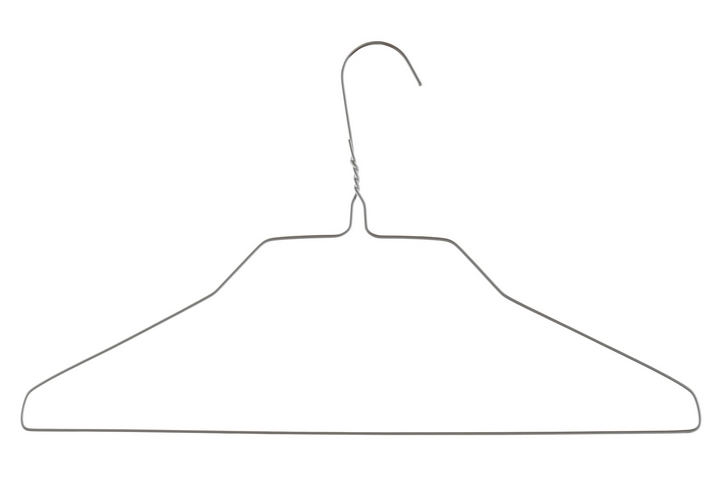8 Methods You Can Try to Unclog a Kitchen Sink

A clogged sink is one of those little frustrations in life that can end up being the straw that breaks the camel’s back if not resolved quickly. It’s a helpless feeling when the water simply won’t drain and can quickly become hazardous if ignored. If you’re sitting with a counter full of dirty dishes and aren’t sure what to try next, there are a few things to do to get that drain unclogged.
Here are eight different methods you can try to unclog a kitchen sink:
1. Try some boiling water to start with

If you’re only dealing with a minor clog, boiling water might just be enough to get things running again. Also, due to the fact that this is by far the easiest and cheapest solution, boiling water should be your first solution for how to unclog a kitchen sink.
In order for the boiling water to be as effective as possible, you’re going to want to remove as much standing water as you can before you pour it down. Then pour a whole kettle of rapidly boiling water and wait to see what happens. You might need to repeat the process several times, but this will often do the trick.
2. Try vinegar and baking soda

If boiling water doesn’t seem to be doing the job, it might be time to use a little chemistry to get things moving. As before, remove as much standing water as you can before you prepare a mixture of equal parts baking soda and white vinegar. The solution should bubble at first but once it has stopped, wait about 15-20 minutes before flushing it out with hot water. Repeat once or twice to see if it will clear.
3. Try baking soda and salt

Baking soda and salt is another combination of substances that can work to unclog a drain. It takes a bit longer than the previous solution and should be left to sit for several hours before flushing with hot water. In this case, you want to use about a cup of baking soda and half that amount of salt. Again, you might have to do this several times before the clog is removed completely.
4. Try the plunger

If neither solution is working, you can get out your household plunger and give that a try. Keep in mind that you need to create a very tight seal in order for a plunger to be effective, so you’ll need to make sure the bell is fully submerged in water. Once you’ve got the plunger in place under water, plunge several times with force or until you hear the suction clear the clog.
5. Try a plumber’s snake

If the clog has happened further down the drain, the suction from a plunger might not be adequate to remove it. In this case, a plumber’s snake can help access the blockage. To use one of these, you’ll have to disassemble the drainpipe that runs underneath the kitchen sink and insert the snake into the small snub pipe. You should push the snack in until you feel resistance and can break up the clog.
6. Try a coat hanger

If you don’t have a plumber’s snake on hand, you can also get resourceful and improvise with a wire coat hanger. It won’t reach quite as far as the snake, but if you straighten it out and insert it down the pipe, it might be enough to dislodge the clog.
Be careful not to hurt yourself while manipulating the hanger and watch out for scratches around your sink area. If you’re able to get things running smoothly again, you can use baking soda, vinegar, or lemon juice to flush out any remaining smell that might be lingering.
7. Try calling a plumber

If nothing seems to be working and you’re having trouble even identifying where the clog actually is, it is probably a good idea to call the plumber. It is possible that a clogged drain is symptomatic of a more serious problem and you don’t want to end up doing more damage than already exists.
Be sure to explain to your plumber everything you have tried so far and the results to achieved. Answer any questions about what you regularly pour down the sink truthfully and what kind of maintenance routine you usually follow.
8. Try draining the sink

Speaking of maintenance, if your drain clogs on a regular basis, it is probably a good idea to use a mild drain cleaner from time to time in order to prevent issues. If you notice that the water is draining a little slower than usual, you can use a chemical drain cleaner to prevent a complete blockage and save you an even bigger headache down the road.
If no serious blockage already exists, a mild household cleaner should be all it takes to get the job done.


